Hilma af Klint & Piet Mondrian: Forms of Life review
This ‘fascinating and ambitious’ show at Tate Modern highlights the parallels between the two modernist painters
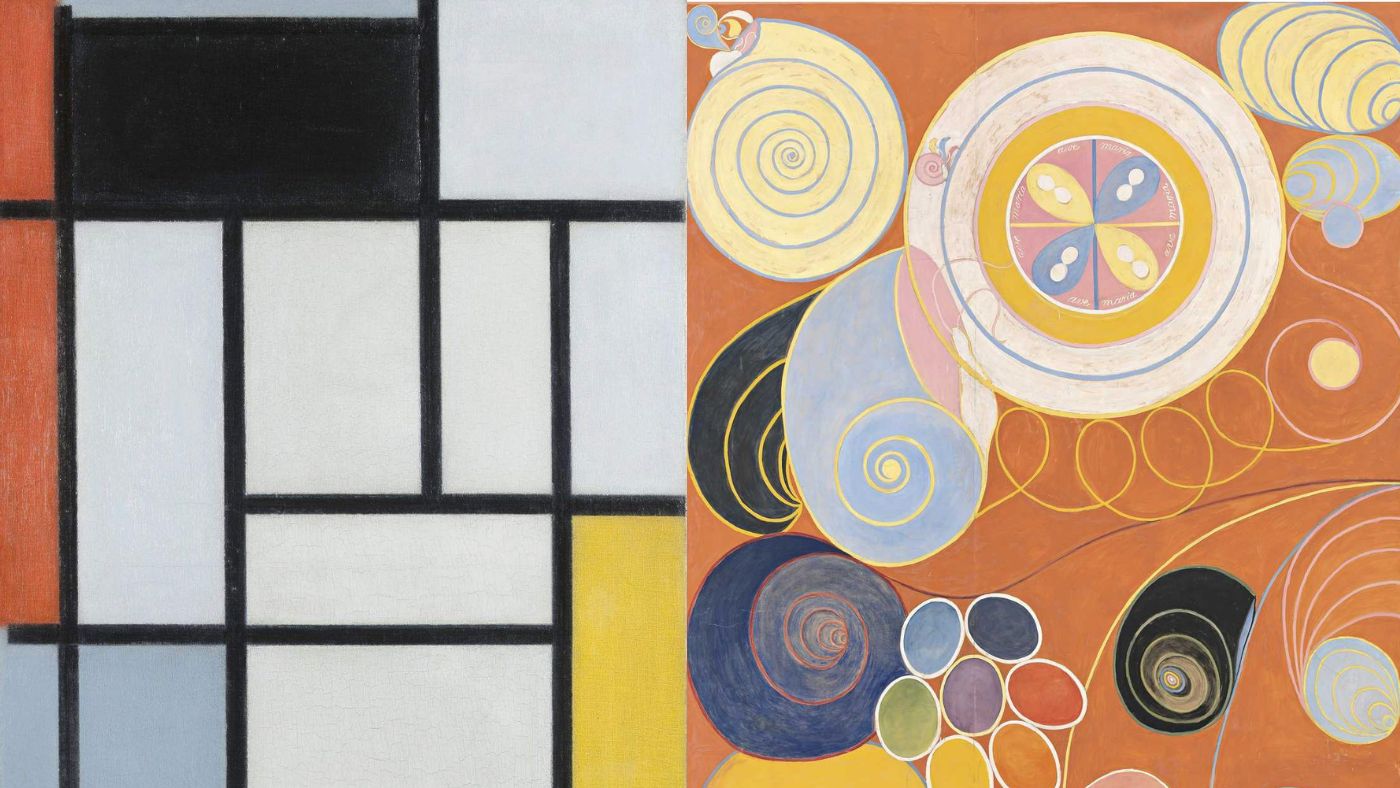
The premise for this new exhibition is a “weird” one indeed, said Laura Freeman in The Times. On the face of it, the Dutch artist Piet Mondrian (1872-1944) and the Swedish painter Hilma af Klint (1862-1944) have little in common: he was a cosmopolitan modernist, she a visionary mystic; he painted “grids, angles, squares, stripes, a lozenge for a bit of light relief”, she “pastels, petals, threads and rainbows”; his paintings are among the most recognisable in all art history, hers were all but ignored until she was reappraised as an abstract pioneer in recent years. The two never met and were completely unaware of each other’s work. Nevertheless, Tate Modern has brought together dozens of paintings by both artists to highlight the parallels between them.
The show argues that Mondrian and af Klint shared similar motives for forging their very different paths to abstract art: both had a strong interest in “esoteric thought” and worked at a time when “X-rays, radioactivity and atoms” were rendering the invisible visible. In doing so, it gives them equal billing as pioneers of modern art. But despite plenty of special pleading, they make a very “odd couple”.
You will be left in no doubt that Mondrian was a genius, said Jonathan Jones in The Guardian. Like all the greatest abstract works, his “intercrossed grids and pulses of colour” convince you that “they are inevitable, because they have such inner coherence”. Yet it took him a lot of time and deliberation to arrive at this signature style: early landscapes see him looking hard at post-impressionism and cubism, gradually refining his compositions to their bare essence until cleansed of “real objects” altogether. Mondrian may well have had “mystical religious interests”, but they don’t obviously manifest in his work. Af Klint’s own spiritualist beliefs, meanwhile, are writ large in hers: her W Series from 1913 depicts a “fantastic realm” called the “Tree of Knowledge”, and by 1920 she is painting “tower-like forms with pointy tops”. Put simply, the comparison with one of the great modernists “does her no favours”.
The Week
Escape your echo chamber. Get the facts behind the news, plus analysis from multiple perspectives.

Sign up for The Week's Free Newsletters
From our morning news briefing to a weekly Good News Newsletter, get the best of The Week delivered directly to your inbox.
From our morning news briefing to a weekly Good News Newsletter, get the best of The Week delivered directly to your inbox.
It’s fair to say that af Klint lacked refinement, said Ben Luke in the Evening Standard. Yet there’s no doubting her originality, however odd the thinking behind it was. Af Klint believed her works were “commissioned” by a “spiritual guide” named Amaliel, and she aimed to “evoke a spiritual transcendence for humanity” through “a coded language of symbol and text” – from “dogs and snails to crosses”. The culmination of this process comes with The Ten Largest, a series of huge paintings depicting world religions in symbolic form, mixing elements of pure abstraction with “botanical forms”. Uneven as it is, this “fascinating, ambitious and memorable show” does much to question the traditional male-dominated narrative of modernist art history.
Tate Modern, London SE1 (020-7887 8888, tate.org.uk). Until 3 September
A free daily email with the biggest news stories of the day – and the best features from TheWeek.com
-
 Pipe bombs: The end of a conspiracy theory?
Pipe bombs: The end of a conspiracy theory?Feature Despite Bongino and Bondi’s attempt at truth-telling, the MAGAverse is still convinced the Deep State is responsible
-
 The robot revolution
The robot revolutionFeature Advances in tech and AI are producing android machine workers. What will that mean for humans?
-
 Health: Will Kennedy dismantle U.S. immunization policy?
Health: Will Kennedy dismantle U.S. immunization policy?Feature ‘America’s vaccine playbook is being rewritten by people who don’t believe in them’
-
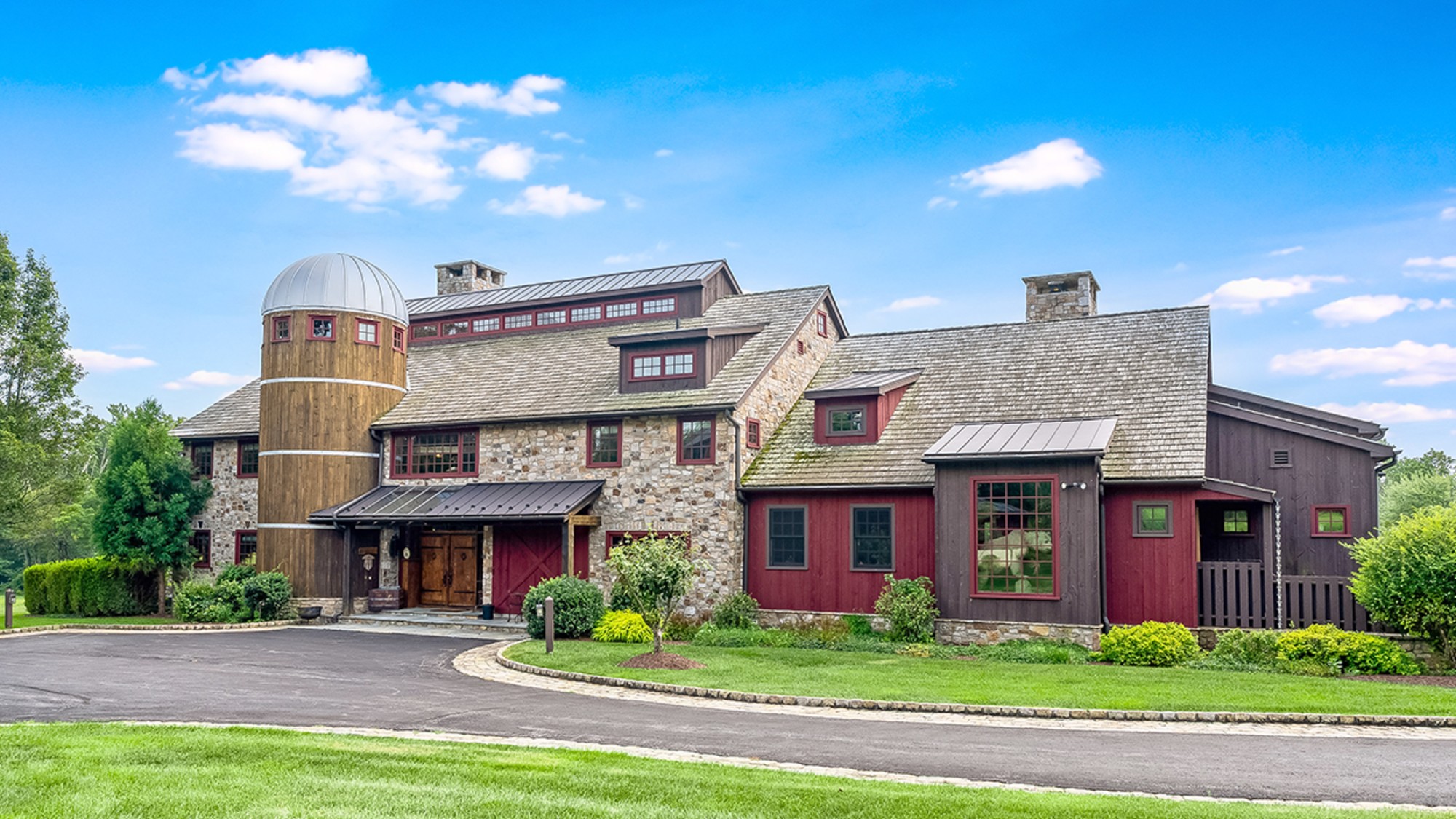 6 lovely barn homes
6 lovely barn homesFeature Featuring a New Jersey homestead on 63 acres and California property with a silo watchtower
-
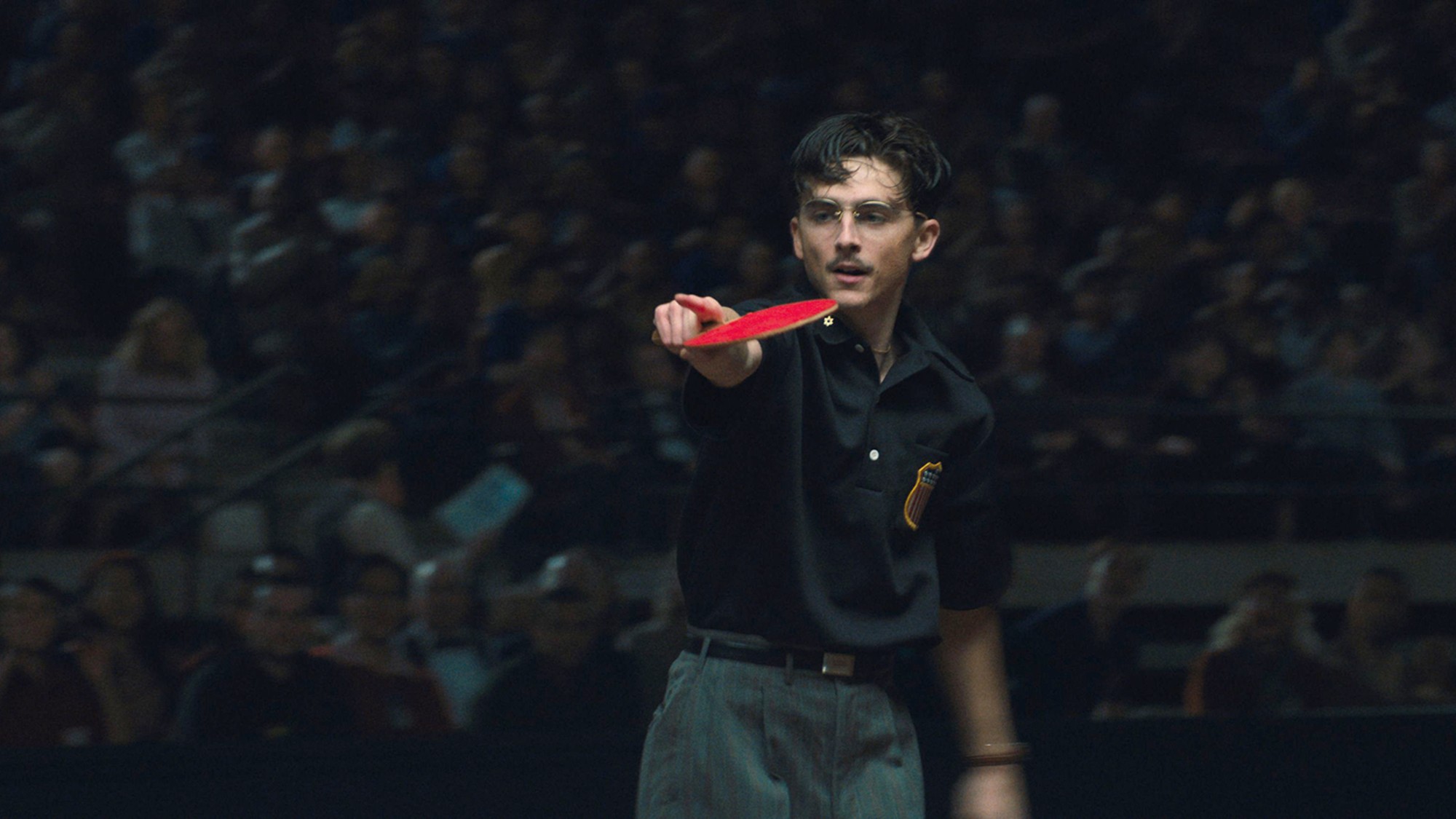 Film reviews: ‘Marty Supreme’ and ‘Is This Thing On?’
Film reviews: ‘Marty Supreme’ and ‘Is This Thing On?’Feature A born grifter chases his table tennis dreams and a dad turns to stand-up to fight off heartbreak
-
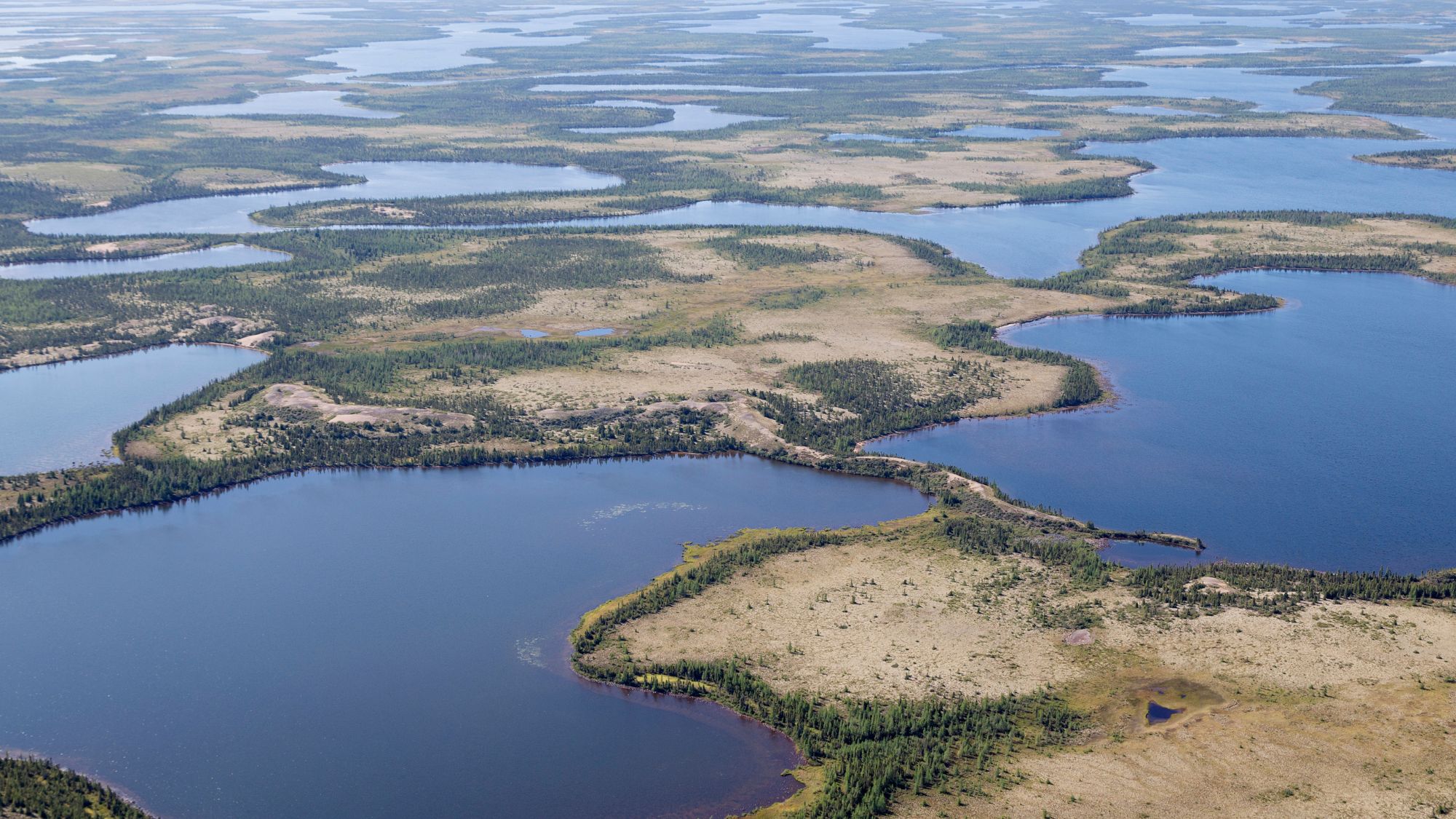 Heavenly spectacle in the wilds of Canada
Heavenly spectacle in the wilds of CanadaThe Week Recommends ‘Mind-bending’ outpost for spotting animals – and the northern lights
-
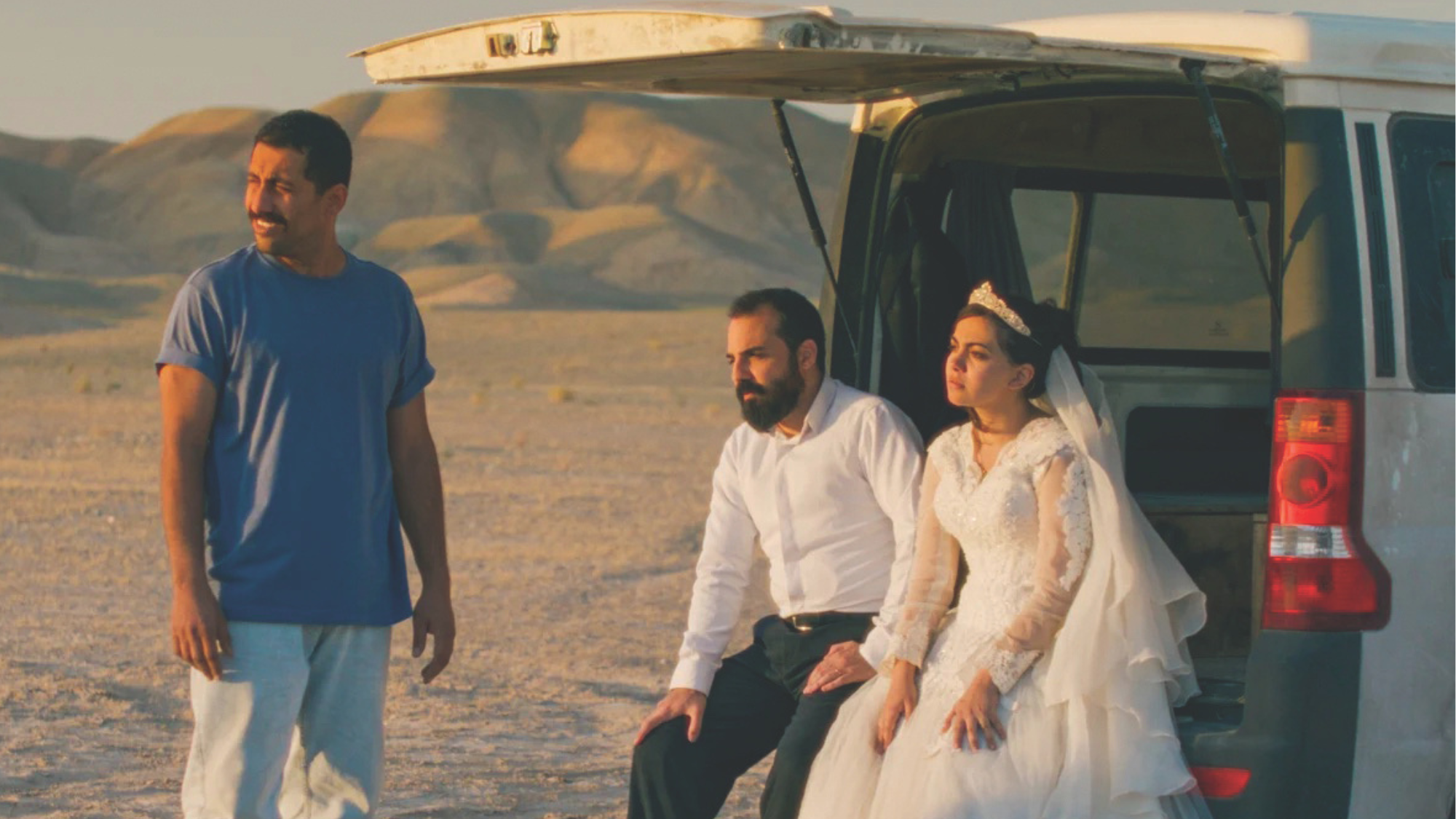 It Was Just an Accident: a ‘striking’ attack on the Iranian regime
It Was Just an Accident: a ‘striking’ attack on the Iranian regimeThe Week Recommends Jafar Panahi’s furious Palme d’Or-winning revenge thriller was made in secret
-
 Singin’ in the Rain: fun Christmas show is ‘pure bottled sunshine’
Singin’ in the Rain: fun Christmas show is ‘pure bottled sunshine’The Week Recommends Raz Shaw’s take on the classic musical is ‘gloriously cheering’
-
 Holbein: ‘a superb and groundbreaking biography’
Holbein: ‘a superb and groundbreaking biography’The Week Recommends Elizabeth Goldring’s ‘definitive account’ brings the German artist ‘vividly to life’
-
 The Sound of Music: a ‘richly entertaining’ festive treat
The Sound of Music: a ‘richly entertaining’ festive treatThe Week Recommends Nikolai Foster’s captivating and beautifully designed revival ‘ripples with feeling’
-
 ‘Furious Minds: The Making of the MAGA New Right’ by Laura K. Field and ‘The Dream Factory: London’s First Playhouse and the Making of William Shakespeare’ by Daniel Swift
‘Furious Minds: The Making of the MAGA New Right’ by Laura K. Field and ‘The Dream Factory: London’s First Playhouse and the Making of William Shakespeare’ by Daniel SwiftFeature An insider’s POV on the GOP and the untold story of Shakespeare’s first theater
